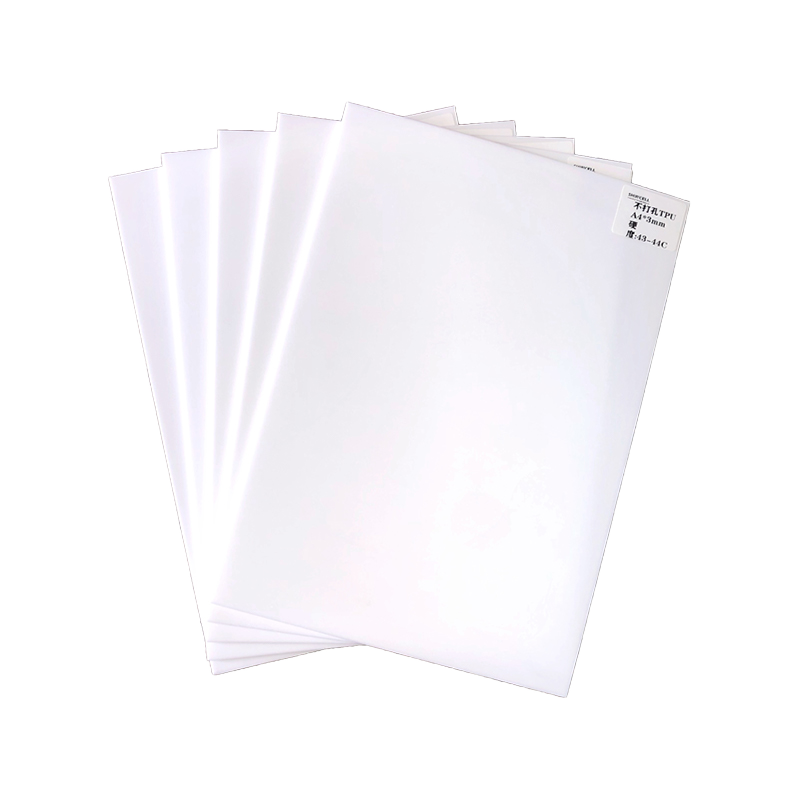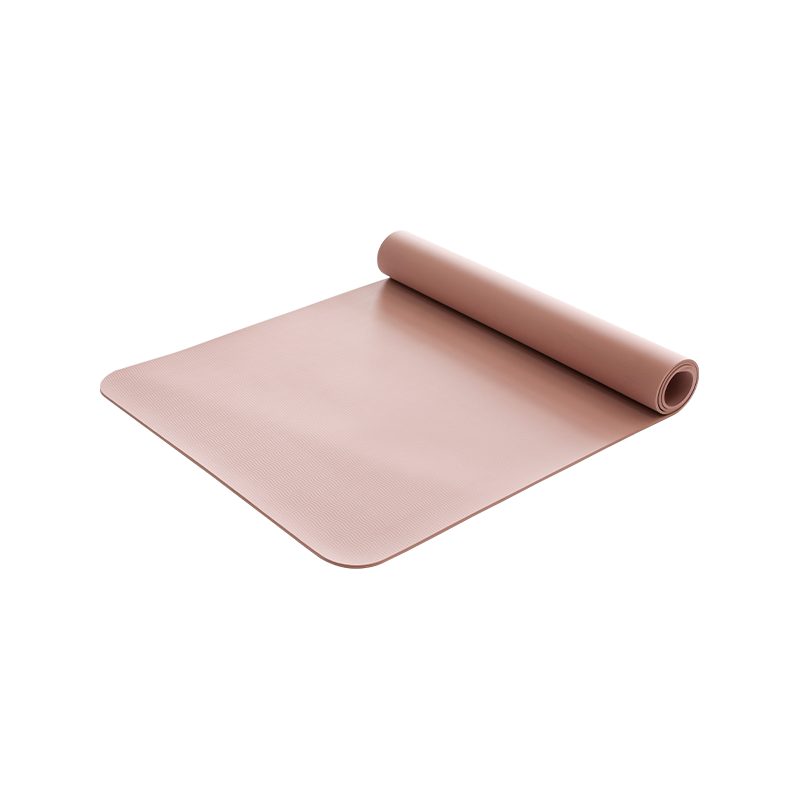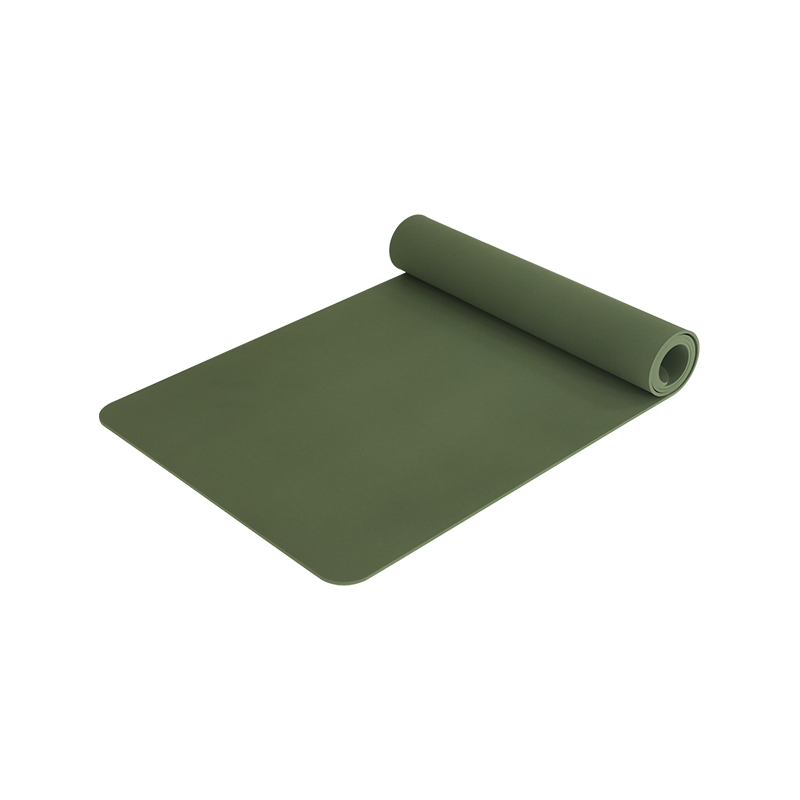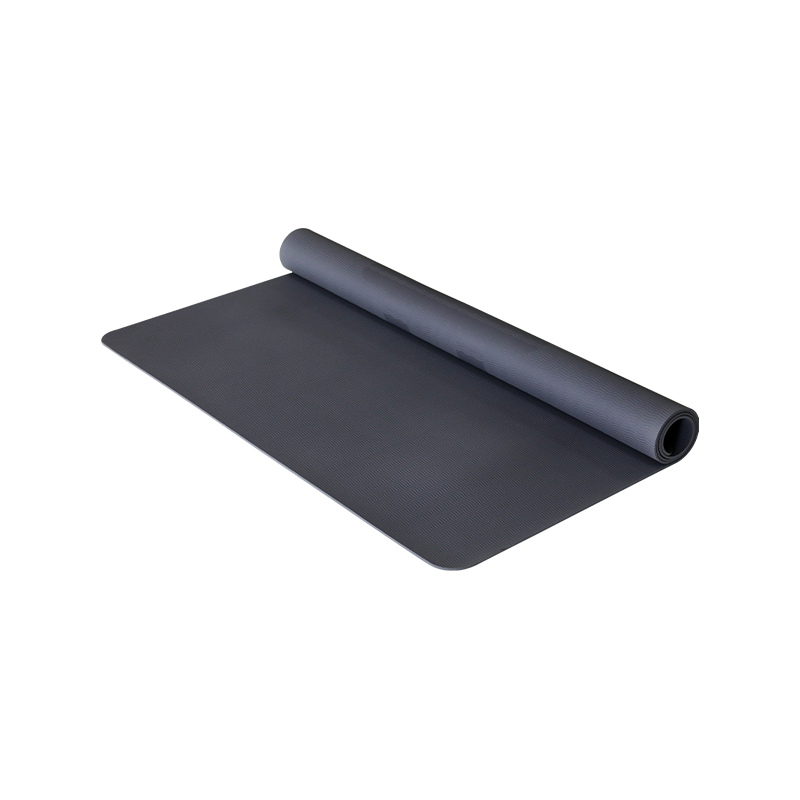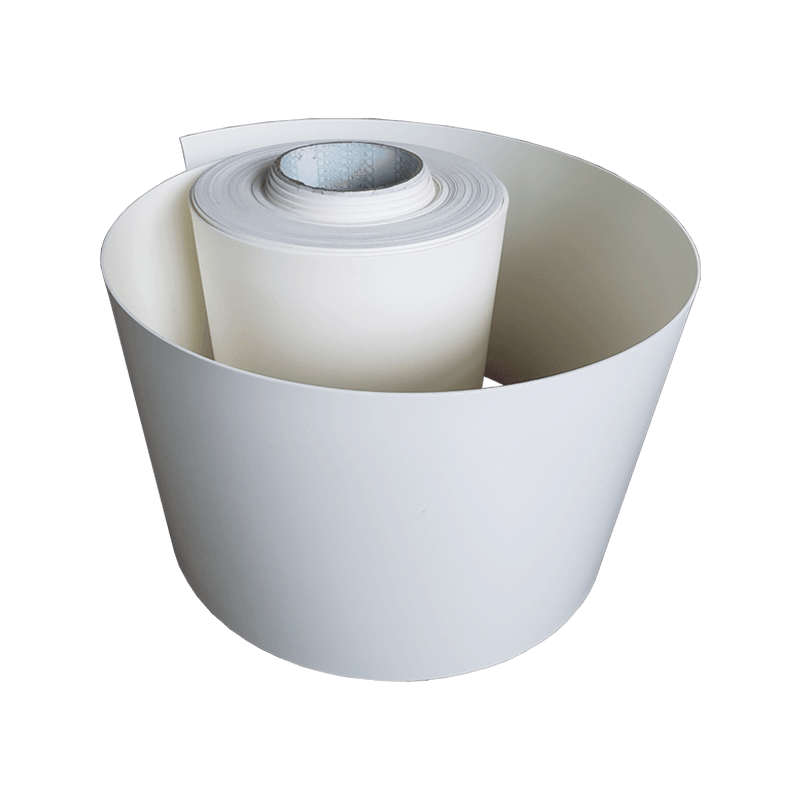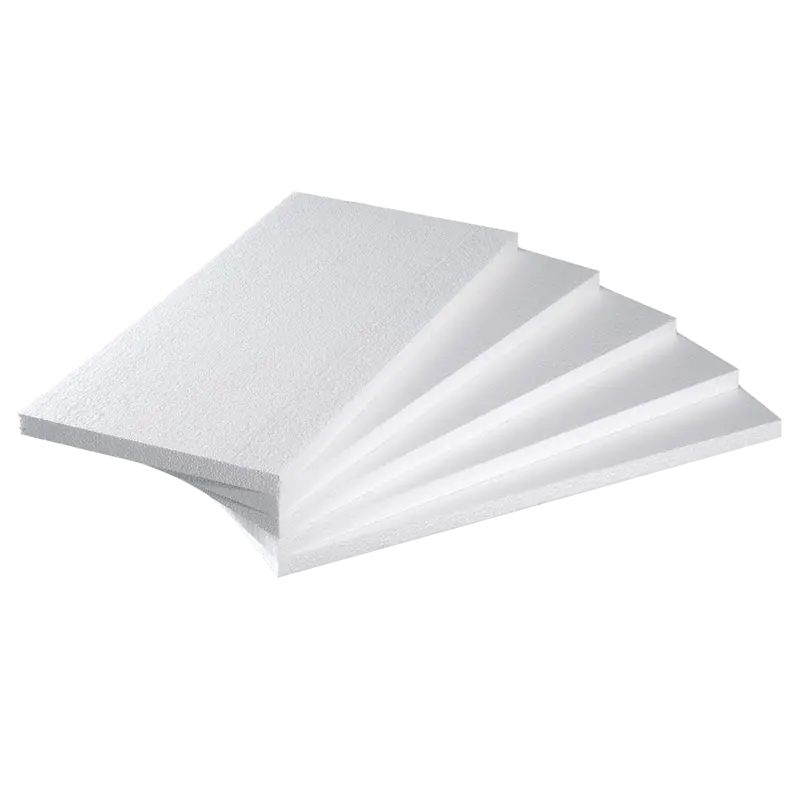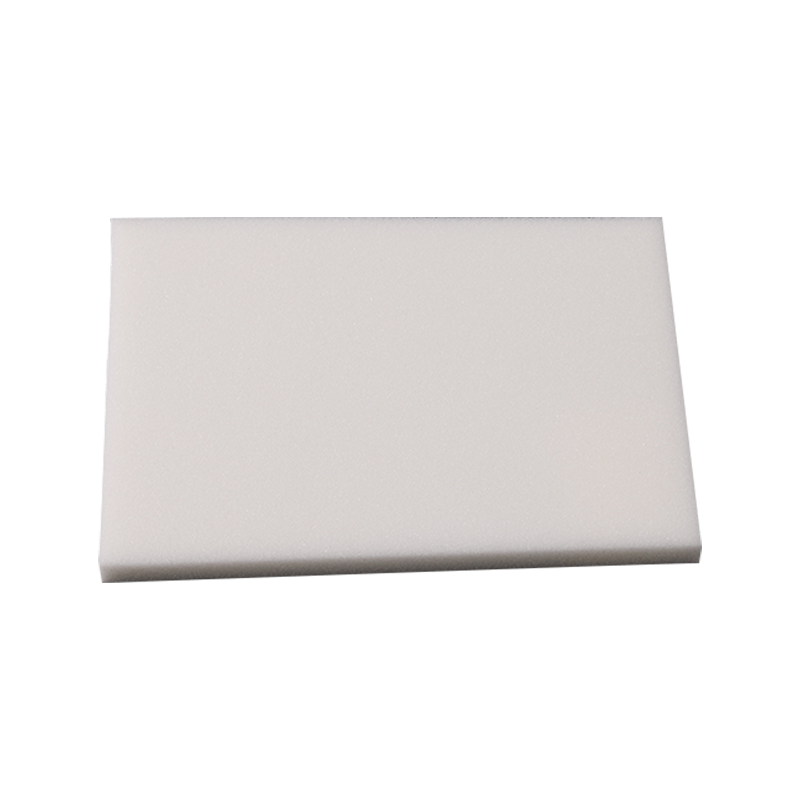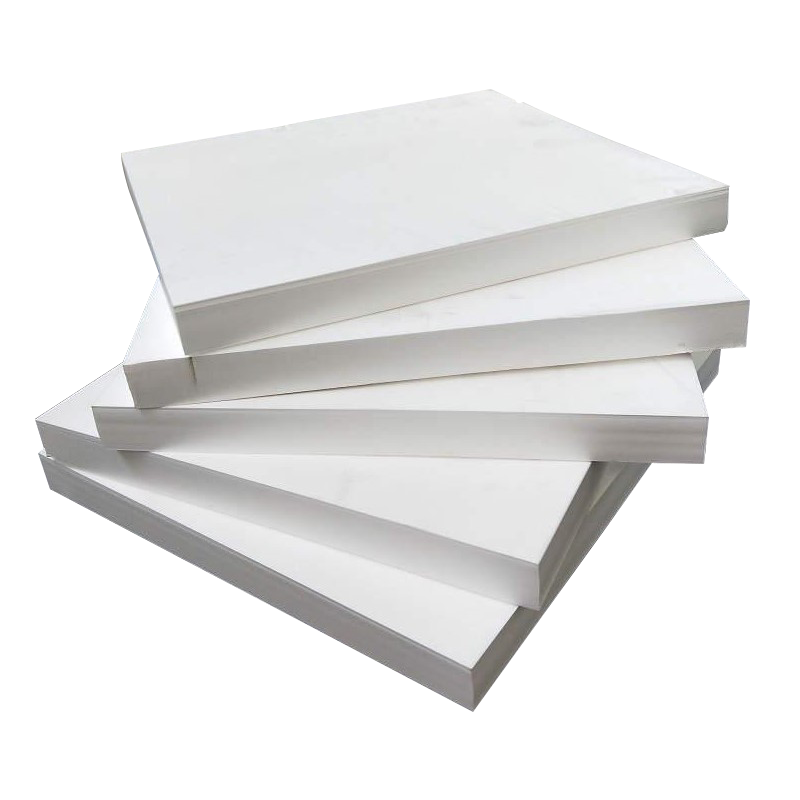Home / News / How Does the Compression Set of M-ATPU Foam Ensure Long-Term Performance?
Introduction: The Critical Role of Material Integrity
In the world of advanced polymer foams, long-term performance is not merely a desirable feature; it is a fundamental requirement that dictates product success across a multitude of industries. From the supportive core of a high-end mattress to the critical vibration damping in automotive applications, a material’s ability to withstand the test of time and repeated stress is paramount. Among the various properties used to gauge this endurance, the compression set stands out as a pivotal metric. For wholesalers, buyers, and engineers, understanding this property is key to selecting the right material.
Understanding Compression Set: A Fundamental Metric
Before delving into the specifics of the m-atpu foam sheet, it is essential to establish a clear, professional understanding of what compression set measures. In simple terms, compression set is a test that quantifies a foam’s ability to recover its original thickness after a compressive force has been removed for a specified period. It is a direct indicator of a material’s elastic memory and resistance to permanent deformation.
The test is conducted under standardized conditions, typically involving the compression of a foam sample to a defined percentage of its original height (e.g., 50%), maintaining it at a specific temperature for a set duration (e.g., 22 hours at 70°C). After the force is released, the sample is allowed a brief recovery period, and its final thickness is measured. The compression set is then calculated as a percentage of the original deflection. A lower percentage is superior, indicating that the foam has returned close to its original shape, demonstrating excellent recovery. Conversely, a high percentage signifies that the foam has taken a permanent set, having lost a significant portion of its original height and, by extension, its intended functional properties.
For a m-atpu foam sheet, this property is not an afterthought but a core characteristic engineered into its very structure. It is this fundamental attribute that directly translates into the long-term performance guarantees that buyers and specifiers seek.
The Molecular Architecture of M-ATPU Foam and Its Inherent Resistance to Deformation
The outstanding compression set performance of an m-atpu foam sheet can be traced back to its unique molecular architecture. The “M-ATPU” acronym hints at this advanced formulation, denoting a Modified Aromatic Thermoplastic Polyurethane. The key to its resilience lies in the thermoplastic polyurethane base and the specific modifications it undergoes.
Polyurethane chemistry allows for the creation of a polymer chain that features alternating soft segments and hard segments. The soft segments provide flexibility and elasticity, allowing the foam to compress easily. The hard segments, however, act as physical cross-links, providing structural integrity and strength. In an m-atpu foam sheet, the formulation and manufacturing process are meticulously controlled to optimize the ratio and distribution of these segments. This results in a robust, interconnected cell structure that is both highly resilient and resistant to creep—the tendency of a material to deform slowly under mechanical stress over time.
When a compressive force is applied, the cell walls within the foam bend and the gas within the cells is compressed. In inferior foams, this can lead to the brittle fracture of cell walls or their plastic yield, where they bend and do not spring back. In an m-atpu foam sheet, the strong, flexible cell walls store the energy of the compression elastically. Upon the release of the load, this stored energy is efficiently returned, propelling the foam back to its original configuration. The modified polymer chain ensures that this elastic recovery is maintained even after millions of compression cycles and under varying environmental conditions, such as temperature fluctuations, which can degrade the performance of lesser materials. This inherent molecular resilience is the first and most critical reason why the m-atpu foam sheet exhibits such a low compression set.
Direct Impact on Application Performance and Product Lifespan
The low compression set of an m-atpu foam sheet is not just a laboratory statistic; it has direct and tangible consequences for the performance and longevity of the end products in which it is used. This section will explore its impact across several key industries, demonstrating how this single property safeguards investment and ensures user satisfaction.
Seating and Mattress Applications
In the furniture and bedding industry, comfort and support are directly linked to the foam’s ability to maintain its shape. A cushion or mattress core with a high compression set will develop permanent body impressions, leading to uneven support, discomfort, and a prematurely aged product. An m-atpu foam sheet used in these applications resists this permanent sagging. Its high resilience and low compression set ensure that the sleeping or seating surface returns to its original flat and supportive state night after night, year after year. This translates directly to enhanced product lifespan and reduced warranty claims, a critical consideration for manufacturers and a key selling point for retailers. The foam’s ability to retain its comfort characteristics over time is a primary driver for its specification in high-end furniture and bedding components.
Gasketing and Sealing Solutions
In industrial and electronic applications, foams are often used as gaskets and seals to prevent the ingress of environmental contaminants like dust, moisture, and water. The effectiveness of a seal is entirely dependent on the foam’s ability to maintain continuous contact and sufficient pressure against a surface. If the foam gasket suffers from a high compression set, it will take a permanent crush, losing its sealing force and creating gaps. The low compression set of an m-atpu foam sheet ensures that the gasket consistently springs back to maintain an effective seal, even after prolonged periods of compression during shipping or in the final application. This reliability is essential for protecting sensitive electronic enclosures and ensuring the performance of outdoor equipment, making it a preferred material for weather-resistant sealing.
Vibration Damping and Acoustic Insulation
The performance of materials used for vibration damping and acoustic insulation is heavily reliant on their consistent density and thickness. In automotive interiors, for example, foam is used to isolate vibration from the chassis and to dampen road and engine noise. If the foam compacts and does not recover, its damping efficiency is severely compromised. The stable structure of an m-atpu foam sheet, characterized by its low compression set, ensures that the material maintains its correct thickness and dynamic properties throughout the vehicle’s lifespan. This guarantees consistent noise reduction and a rattle-free interior, contributing to long-term customer satisfaction. This principle applies equally to industrial machinery and architectural applications, where sustained acoustic performance is required.
Athletic and Protective Packaging
From sports mats to packaging for sensitive electronics, impact absorption is a key function. A foam that bottoms out or fails to recover after an impact offers diminishing protection. The energy return and recovery of an m-atpu foam sheet mean that it is ready to perform consistently, whether it’s the thousandth step on a gym floor mat or the protection of a fragile item during multiple handlings in transit. In protective packaging, this means the foam liner can be relied upon for multiple uses or will at least guarantee the product arrives safely. For athletic equipment, it ensures consistent performance and safety, reducing the risk of injury from degraded padding.
The following table summarizes the critical relationship between compression set and performance in these applications:
| Application | Consequence of High Compression Set | Benefit of Low Compression Set in M-ATPU |
|---|---|---|
| Mattresses & Cushioning | Permanent body impressions, sagging, loss of support, reduced comfort. | Maintains consistent support and comfort, extends product lifespan. |
| Gaskets & Seals | Loss of sealing force, leading to leakage of air, dust, or moisture. | Ensures long-term weather-resistant sealing and protection of enclosed components. |
| Vibration Damping | Reduced damping efficiency, leading to increased noise and vibration transmission. | Provides consistent acoustic insulation and vibration damping over time. |
| Protective Packaging | Reduced cushioning performance upon subsequent impacts, risking product damage. | Offers reliable, consistent impact absorption for single or multiple-use scenarios. |
Comparative Advantages: M-ATPU Foam in the Broader Foam Market
To fully appreciate the performance of the m-atpu foam sheet, it is useful to contextualize its compression set against other common foam materials. While materials like polyethelene (PE), polyvinyl chloride (PVC), and standard polyurethane (PU) foams have their places in the market, they often fall short in demanding applications where long-term dimensional stability is required.
Many cross-linked polyethylene foams, for instance, can exhibit good initial cushioning but may have a higher compression set, especially under elevated temperatures. This makes them less suitable for applications like permanent gasketing or high-resilience seating. PVC foams, often used in packaging, can plasticize over time, leading to a significant loss of thickness and cushioning ability. Standard polyurethane foams vary widely, but many flexible, open-cell varieties are prone to softening and permanent deformation under sustained loads.
The m-atpu foam sheet is engineered to occupy a performance tier above these common alternatives. Its modified thermoplastic polyurethane foundation provides a combination of properties that is difficult to match: the softness and compliance of rubber, the processability of a thermoplastic, and the structural recovery of an engineered elastomer. This synergy results in a material that not only boasts a low compression set but also couples it with other beneficial properties like water resistance, temperature stability, and high durability. For a buyer or designer, this means that specifying an m-atpu foam sheet mitigates the risk of product failure due to foam collapse, thereby reducing total cost of ownership and enhancing brand reputation for quality.


 English
English
 Español
Español

 ++86-0512-66079229
++86-0512-66079229
